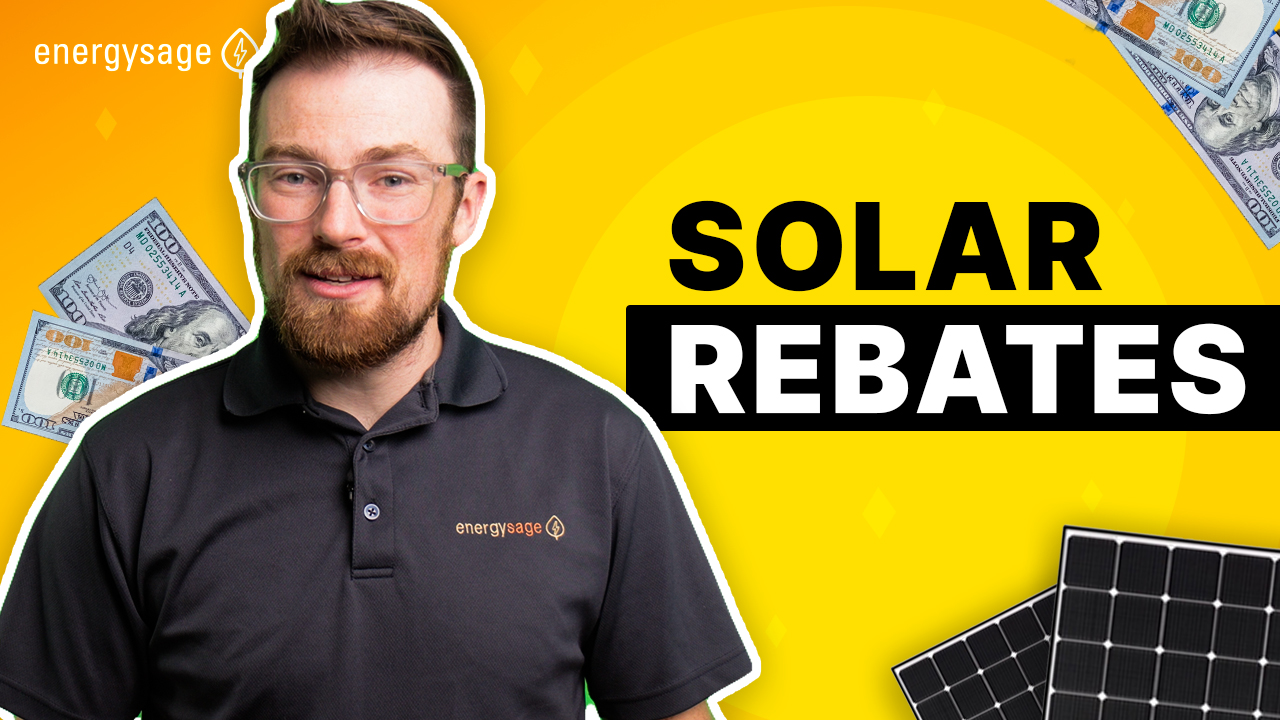Solar Rebates and Incentives – EnergySage Blog
Getting money off your initial investment is great, but earning money over time can really make solar worthwhile. Here are some incentives to look out for that increase your savings with solar over time. The value of these depends directly on how much energy your system produces.
Net metering, net billing, and other solar buyback programs
Along with the ITC, net metering is one of the most important policies in home solar. It makes it so you benefit from having solar panels even when it’s dark outside.
When the sun’s shining, your solar panel system usually produces more electricity than your home needs. If your state or utility company offers net metering, you can essentially use the grid as an energy bank: You send excess electricity to the electric grid in exchange for credits. When you need to pull electricity from the grid when the sun isn’t shining, it will count against the credits you’ve banked over time.
Your utility will only bill you for your “net” energy consumption at the end of your billing cycle. Sometimes, your bills will even be $0 or show a credit balance if your utility allows you to roll credits over between billing cycles. The credits could be worth the same as what you pay for electricity (the retail rate), what your utility company pays for electricity (the wholesale rate), or nothing.
Some utilities don’t offer net metering, while others will offer other types of solar buyback programs, like net billing. With net billing, you still earn credits for sending electricity to the grid, but the credits are worth less than the retail rate. Usually, they’re based on the wholesale rate, also called the avoided cost rate, which is much lower.
Solar renewable energy certificates–they’re disappearing fast
Many states now have renewable portfolio standards (RPS), which require utilities to buy or generate a certain percentage of their electricity from renewable sources like solar. Utilities subject to RPS requirements need to obtain renewable energy certificates (RECs) to meet their targets. One REC is equal to the environmental benefit of one megawatt-hour of renewable energy generation.
Some states with RPS mandates also have solar carve-outs, which require a certain amount of renewable energy to come from solar specifically. In these states, you can sometimes sell the environmental benefit associated with your solar panel system through solar renewable energy certificate (SREC) markets.
Selling SRECs can result in hundreds (or even thousands) of extra dollars in annual income. However, only a handful of states still have active SREC markets–most states have caps on their SREC programs, and many of these caps have already been met. If you live in one of them, you probably want to install solar and enroll as soon as possible.
Performance-based incentives: Electricity over environment
While SRECs represent the environmental attributes of solar energy, PBI programs focus on the electricity generation itself. In performance-based incentive (PBI) programs, you’ll earn money per kilowatt-hour your system produces.
You might earn payments monthly, annually, or at some other interval. And they can exist instead of or alongside net metering or other solar buyback programs. The best part about PBIs is that you don’t need to sell them through a market, like with SRECs. Also, the incentive rates are usually determined when the system is installed and don’t fluctuate with the market.
Most PBI programs have now been phased out, but a handful of utilities still offer them.


